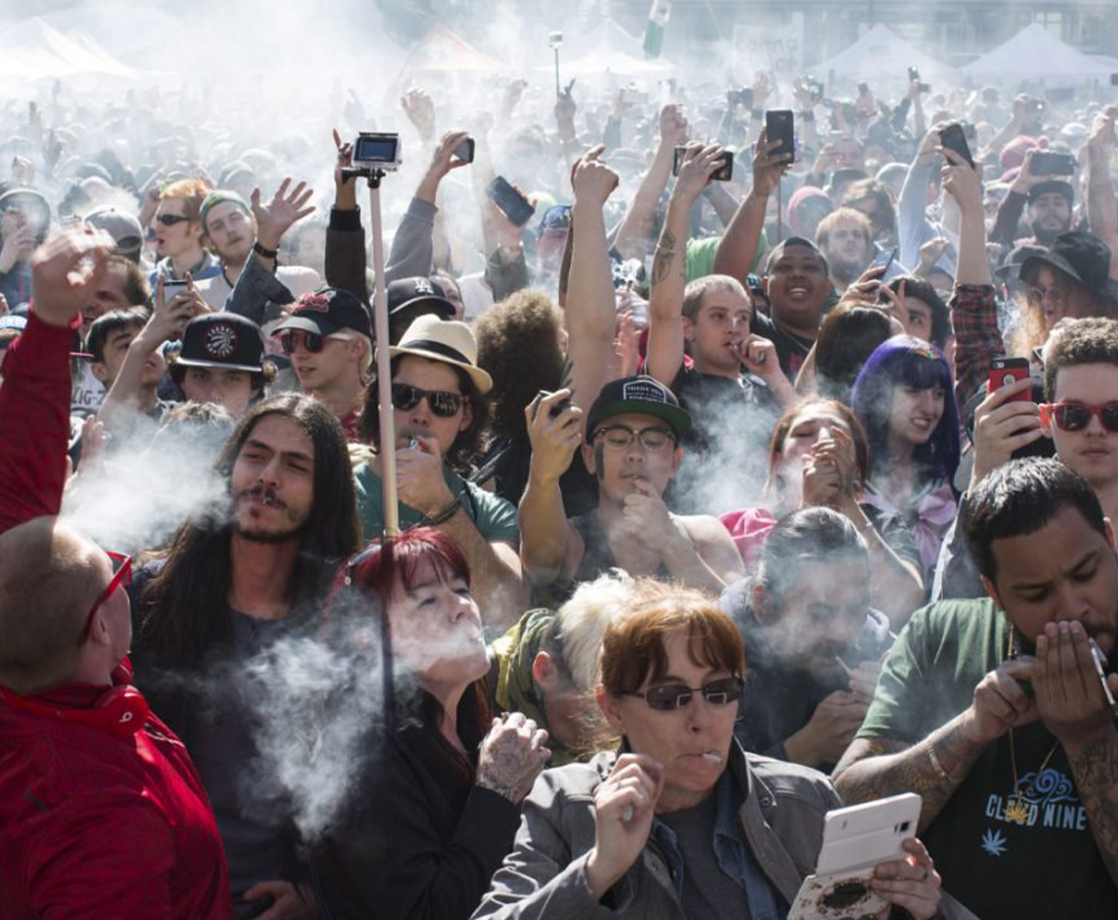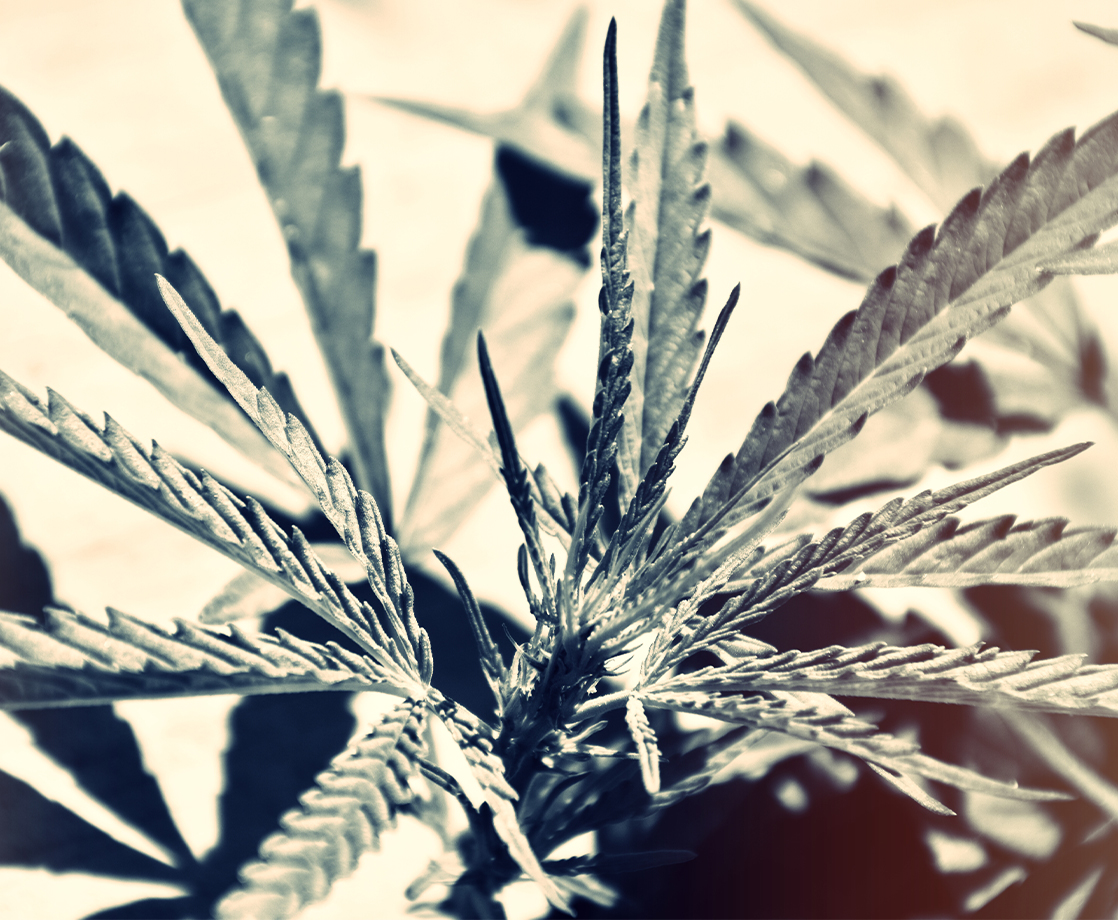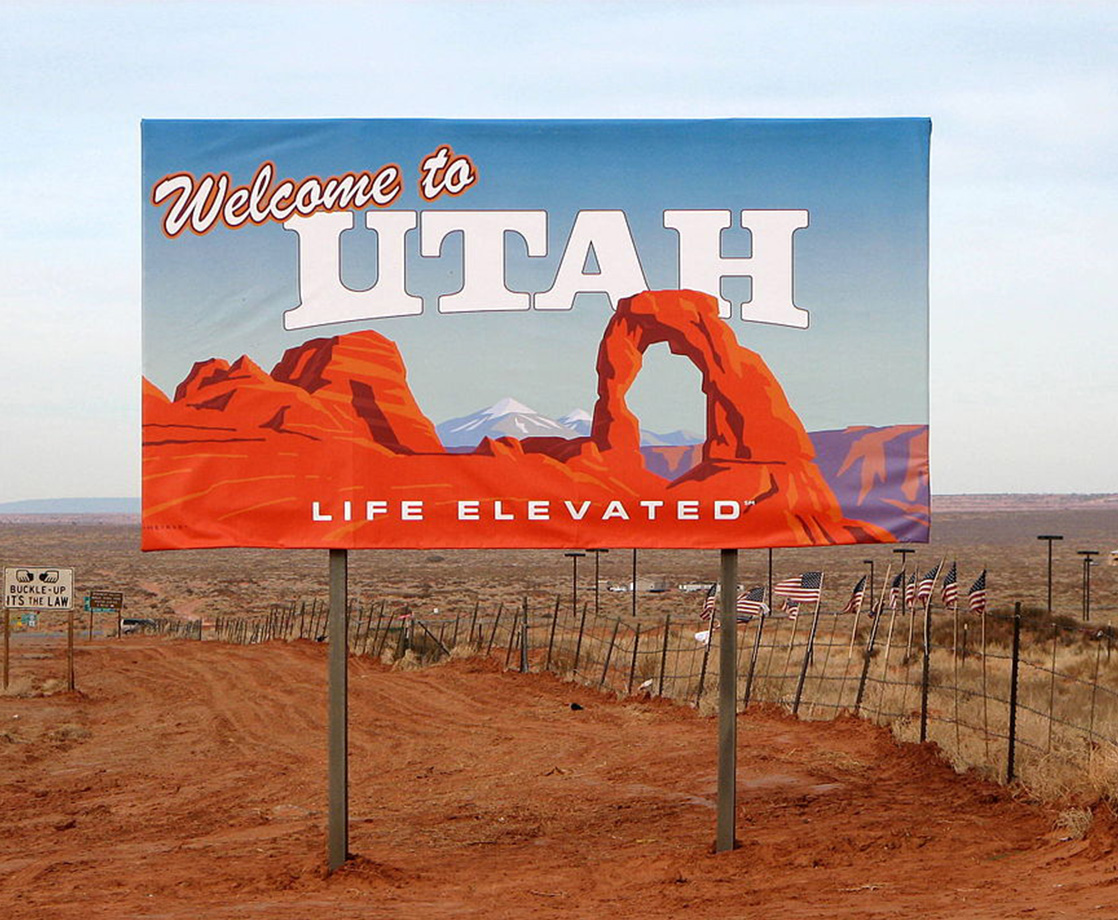Which state smokes the most weed? Depending on the study, it’s either California, Colorado, Washington, or Oregon. Kind of obvious, we know, but which US state is the least lit?
Of course, getting solid, reliable data on pot use isn’t simple nor is it clear-cut, especially in states where weed is still completely outlawed. According to the Oxford Treatment Center, an “Oxford House” styled drug rehab clinic, federal data reveals which states recently saw the greatest increase in cannabis use — and which ones saw the smallest increases, too.
The data, which came from the US Department of Health and Human Services’ National Survey on Drug Use and Health assessed survey responses from American adults between 2014 and 2017, so this data isn’t up-to-date. But it did detect trends in states that legalized medical or recreational marijuana (which is always followed by increased weed usage rates). The survey also assessed states that have not yet legalized or have only allowed extremely limited forms of medical cannabis, which do show upticks in usage rates, but not nearly as much as weed-legal states.
There are two ways to look at cannabis use in states that have no legal weed sales data. The first way is to assess respondents’ answers regarding usage rates, i.e. what percentage of the adult population said they smoked weed. The other way to look at it is how that usage rate changed over time, which is presented as a percentage change.
And the state that comes out at the bottom of both usage rates and percent change? Georgia.
In 2017, Georgia’s rate of weed use hovered around 11.8 percent. In terms of usage rates, that wasn’t the lowest: Alabama (10.6 percent), Iowa (11.5 percent), Nebraska (11.5 percent), North Dakota (11.0 percent), and South Carolina (11.1 percent) have Georgia beat in that category, but they’re all pretty darn close.
Where Georgia stood out is its percentage change between 2014 to 2017. In that four-year period, Georgia’s residents increased their pot smoking by a mere 1.9 percent. Alabama, which was a full percentage point lower than Georgia in usage rates, saw a 2.6 percent increase in weed use in that same period.
Even Texas and Utah, which have both been real sticklers about medical marijuana restrictions, increased their rates of use by almost double of Georgia’s: by 3.2 percent and 3.3 percent, respectively.
Georgia has some of the strictest anti-weed laws on the books, compared to other US states. In 2015, under the leadership of Rep. Allen Peake (R-141st District), the state finally legalized cannabis oils containing less than 5 percent THC (hemp is defined as cannabis with less than 0.3 percent THC), but only for severely ill patients, such as those with cancer or intractable seizure disorders. Several major cities and counties in Georgia have also decriminalized marijuana possession, but cultivation and sales remain illegal across the board.
Galllery — Stoned Signs From Cannabis Legalization Rallies:
As for which states experienced the greatest weed usage rates, those would be Oregon (27.4 percent), Colorado (25.7 percent), Washington (23.2 percent), and Alaska (23.4) — which were all some of the first states to legalize adult-use cannabis.
But let’s not forget our homies in New England, whose weed usage rates rival their neighbors west of the Mississippi: Tokers in Washington DC (27 percent), Vermont (24.3 percent), Maine (22.5 percent), Rhode Island (21.2 percent), and Massachusetts (20.3 percent) could probably outsmoke some of the OGs in California (which only clocked in at 17.8 percent, surprise surprise).
Of course, these numbers should be taken with a few grains of salt. People are likely more naturally apt to admit that they smoke weed in states where it’s legal or tolerated. So seeing lower usage rate values in prohibition states may just be an artifact of prohibition itself, where people fear their cannabis use could land them in prison — or worse.
Follow Randy Robinson on Twitter











